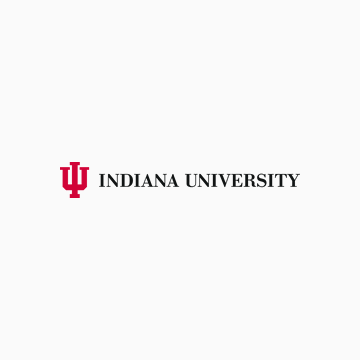Indiana University-Bloomington

The average annual net price that a student who receives federal financial aid pays to cover expenses (e.g. tuition, living expenses, etc.) to attend the school's largest program. Net price is the program's cost of attendance minus any grants and scholarships received. For public schools, this is only the average cost for in-state students. Negative cost values indicate that the average grant/scholarship aid exceeded the cost of attendance.
Est. Student Population
Healthcare Programs
About Indiana University-Bloomington
Indiana University was founded in 1820 and has seven campus locations, including in Bloomington, Indianapolis, Richmond, Kokomo, Gary, South Bend, and New Albany. Indiana University-South Bend offers more than 100 degree programs and strives to offer affordable, rigorous education for its students.
Among Indiana University-Bloomington's course offerings are the following healthcare-related courses:
Nursing - Bachelor of Science
Indiana University-Bloomington's Nursing program aims to prepare students to become critical thinkers, effective communicators, and professional nurses. The first two years of the program will focus on general education courses, and the second half of the program will include nursing-specific theoretical and practice-oriented coursework. Students will take classes like Pathopharmacology, Nursing Care of Children, and Nursing Care Synthesis, and will be eligible to take the NCLEX exam after completing the program.
Recent news about Indiana University-Bloomington
The Hoosier Link program and the partnership between the institutions began in 2006. The schools have signed a new memorandum of understanding to significantly expand the program.
The $1 million gift that comes from an anonymous donor will establish the Edward G. “Ted” Carmines Professorship in Political Science.
The university’s Luddy School of Informatics, Computing and Engineering will see additional academic programs, increased faculty, and new lab facilities.
The repurposed building is now home to student services that focus on students’ mental health and wellbeing, including Student Wellness, Substance Use Intervention Services, and the Collegiate Recovery Community.
The Center for Religion and the Human was established in 2019 thanks to a grant from the Henry Luce Foundation. In the years since, the Foundation’s Religion and Theology Program has donated $2 million to the center.
Kei Kawata teaches in the School of Public Health and is taking on two different projects to better understand chronic traumatic encephalopathy.


